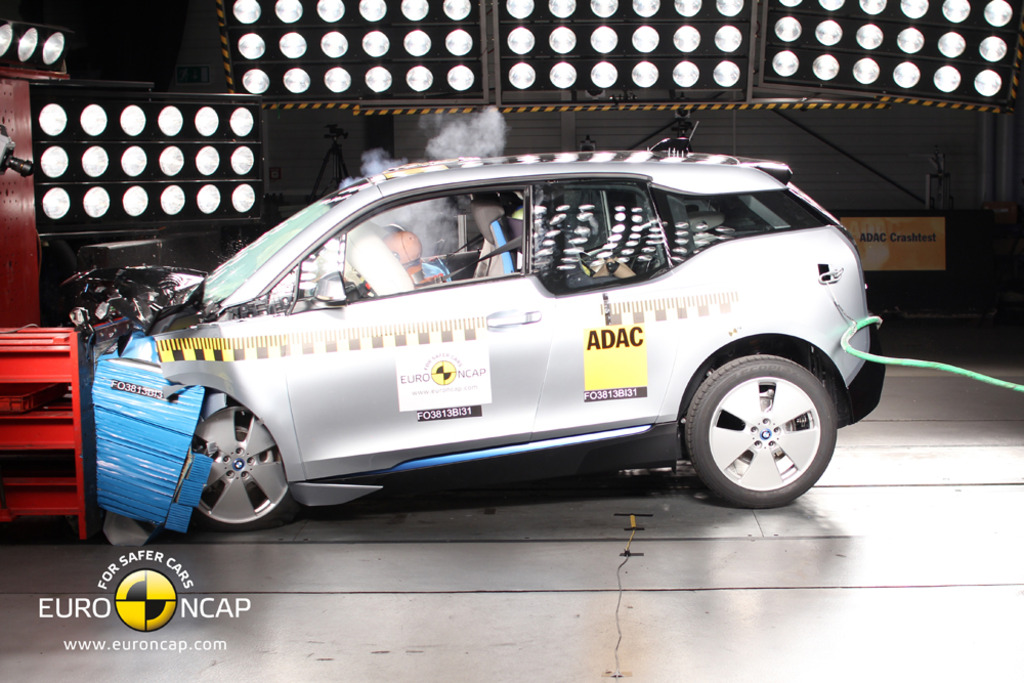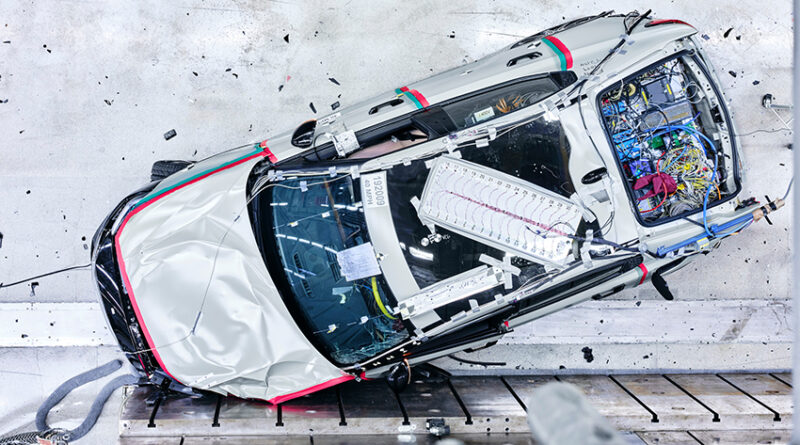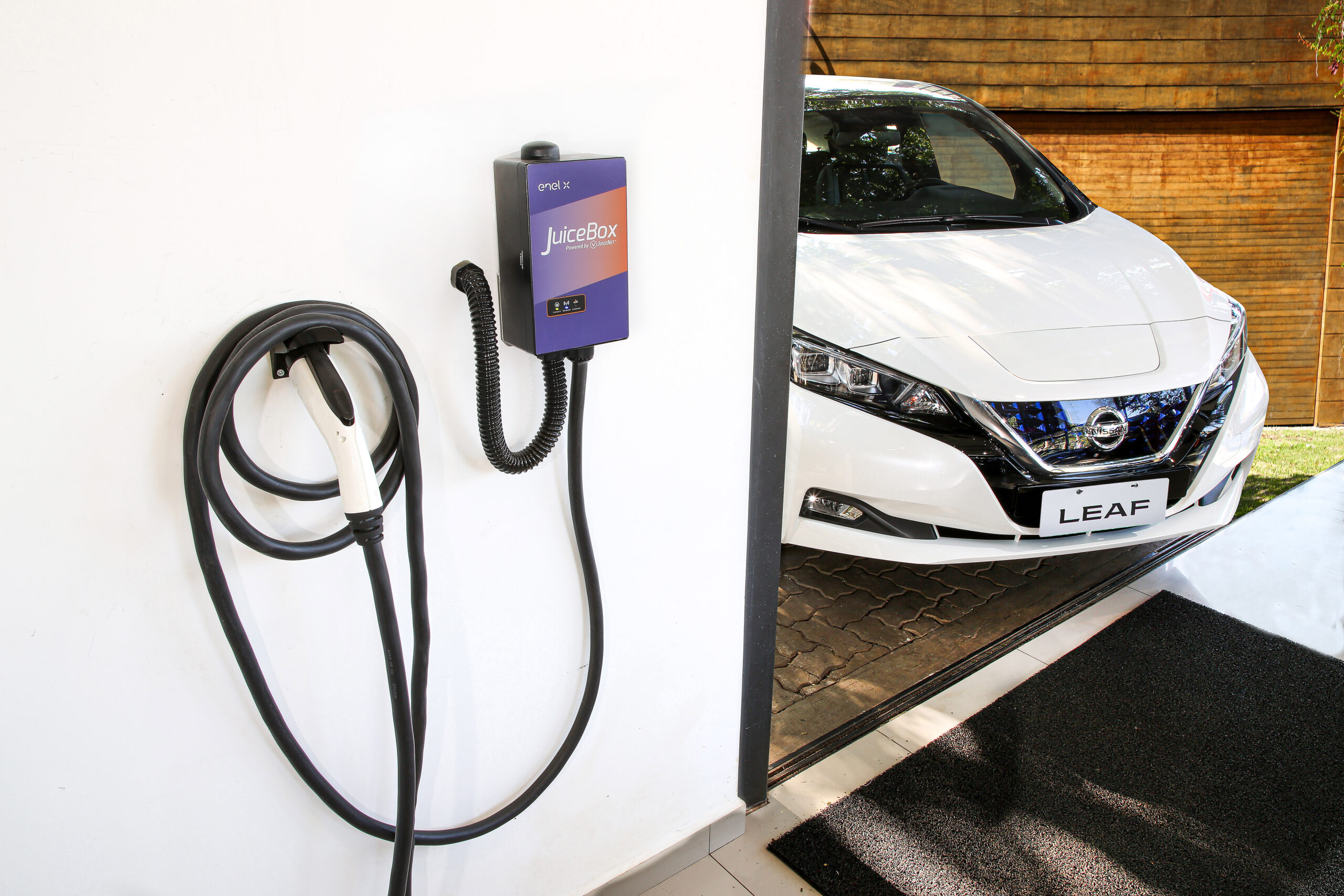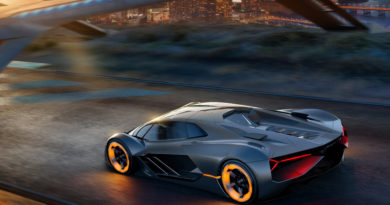Is an electric car safe in a crash?
It’s a common question: are electric cars safe in a crash?
Social media would have you think any Tesla is ready to burst into a ball of fire once it’s involved in a crash. Or even when stationary and unattended.
But the reality for EVs is much different.
Just like cars fueled by petrol and diesel – two highly flammable liquids packed with energy – electric cars can catch fire if the battery pack is damaged or exposed to extreme heat.

But just like regular fuel tanks are designed to minimise the chance of damage, manufacturers of electric cars also go to extraordinary lengths to minimise the chances of battery fires.
Safety pioneer Volvo recently detailed the efforts it went to for its upcoming sub-brand Polestar, which has undergone extensive crash testing and engineering simulations to ensure safety within the electrical architecture.
And with its own EV and PHEV models Volvo has added additional protection for the battery packs.
For the XC40 Recharge Volvo says “the battery is protected by a safety cage that consists of a frame of extruded aluminium and has been embedded in the middle of the car’s body structure, creating a built-in crumple zone around the battery”.
Similarly, for its EQC Mercedes-Benz has gone to extra measures to protect the battery pack.
“The battery is surrounded by a robust frame with an integral crash structure,” says Mercedes-Benz in its marketing material. “Deformation elements are installed between the frame and the battery, and these are able to absorb additional forces in the event of a severe side impact.”
Software can also instantly isolate individual battery cells following a severe impact, effectively shutting them down.
And after a big crash the entire high voltage system is shut down.
As well there are manual shutdown points allowing emergency services personnel to manually disable the high voltage system.
Emergency services departments around Australia are also trained on the specific dangers of electric cars compared with petrol/diesel vehicles.
That job also recently became easier with the announcement by the Australasian New Car Assessment Program (ANCAP) that it had developed an app called ANCAP Rescue aimed at emergency services, allowing them to quickly identify potentially dangerous components, including the batteries and high voltage electric systems of EVs and hybrids.
Other studies have also concluded no major safety concerns for EVs.
In analysing data from ANCAP and the US Institute for Highway Safety (IIHS), the United States National Highway Traffic Safety Administration (NHTSA) published a paper titled Crashworthiness Testing of Electric and Hybrid Vehicles.
It concluded “the crashworthiness of hybrid and electric drive vehicles is typically similar to that of vehicles with internal combustion engines”.
The report also stated: “Safety precautions and inspections of the electrical systems have evolved to include post-crash checks for isolation of high voltage from the chassis, leakage of volatile gases, and physical damage of the systems.”
So, there are clear risks with crash safety of EVs and PHEVs, but as with petrol and diesel vehicles those risks have been minimised for electrified vehicles.
See all our FAQ about electric cars.




